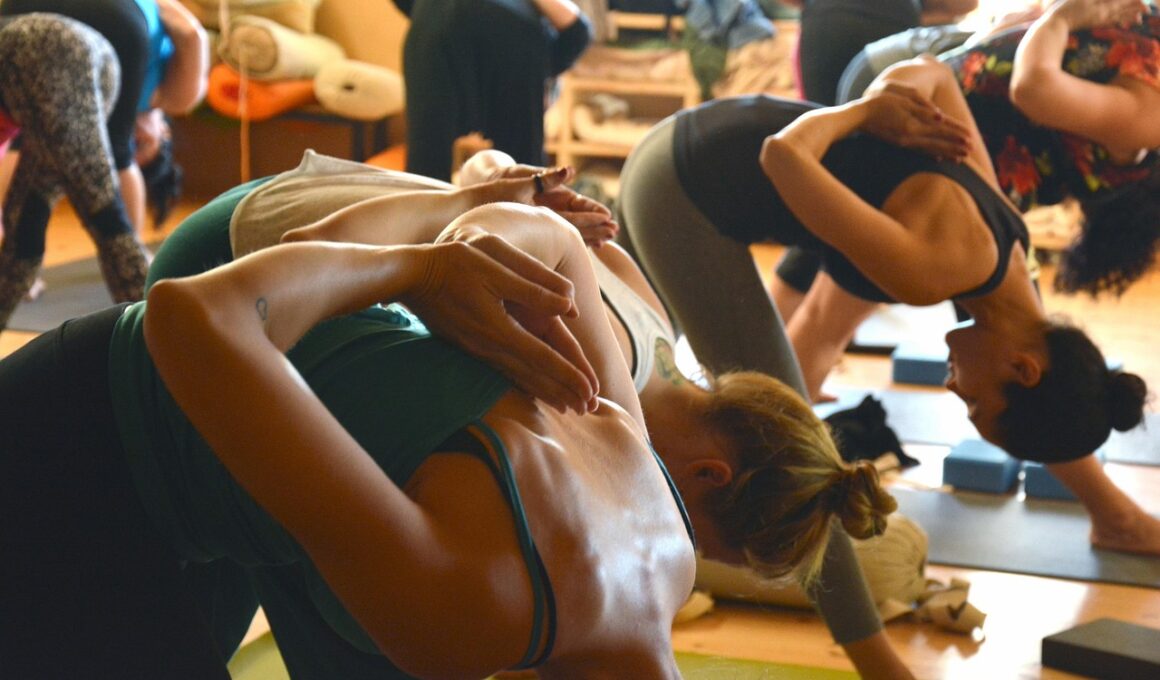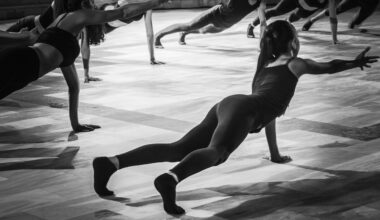Adaptive Water Fitness Group Classes: Benefits and Best Practices
Adaptive water fitness group classes serve individuals with disabilities by offering tailored exercise routines designed to enhance fitness and well-being. These classes promote inclusion, allowing participants to engage in physical activity within a supportive environment. Attendees often find that the buoyancy of water can alleviate pain, making movements easier and more enjoyable compared to traditional land-based exercises. Such classes not only improve physical strength but also build confidence among individuals who may feel out of place in conventional fitness settings. For individuals with physical disabilities, water classes can provide a unique way to increase range of motion and flexibility. Moreover, the social aspect of group classes fosters a community feel, where participants can share their experiences and motivation, which can further enhance the overall experience. Adaptations may include utilizing specialized equipment, like flotation devices or resistance bands, allowing class formats to suit varying abilities. Overall, water fitness programs contribute significantly to personal empowerment and social interaction, making them invaluable to adaptive fitness solutions.
Health Benefits of Water Fitness
Participating in adaptive water fitness classes offers individuals exceptional health benefits that extend beyond traditional exercise. One significant advantage is enhanced cardiovascular health; movements in water require more effort than on solid ground due to resistance, leading to improved heart health over time. Additionally, the therapeutic properties of water assist in muscle relaxation, thereby reducing tension and alleviating stress. Improved balance and coordination are also vital outcomes of engaging in these classes, as they challenge the body differently than land-based activities. Participants often experience a notable increase in endurance as they become accustomed to working out in water, contributing to long-term physical health. The warm temperature of a pool can be particularly soothing for those with joint pain or arthritis, allowing them to participate in exercises that they might reject outside water. Importantly, mental well-being plays a crucial role as well; participants often report feelings of empowerment and improved mood, further aiding overall wellness. Adaptive water fitness classes can also help promote better sleep patterns, which is frequently an overlooked aspect of health greatly influenced by physical activity.
When it comes to creating a successful adaptive water fitness program, understanding the needs of participants is essential. Instructors must be knowledgeable and compassionate, adapting exercises to meet individual abilities to ensure each person feels included and capable of succeeding. Creating a welcoming atmosphere where individuals can feel secure to express their needs and concerns will also help foster participation. It is vital that instructors receive training specific to adaptive fitness and remain current on best practices for the safety and engagement of participants. Incorporating various sensory elements, such as music or visual aids, can help enhance the overall experience, making it more enjoyable and accessible. Another key component is the careful selection of exercises; low-impact, high-resistance movements often work best in water. Group dynamics also play a critical role, often benefiting from team activities that build camaraderie among participants. Regular feedback from participants can further shape the program, allowing continuous improvement and adaptation to the evolving needs of the group. Such meticulous considerations ensure a comprehensive approach that maximizes benefits while minimizing barriers to participation.
Creating an Inclusive Environment
One of the primary objectives in adaptive water fitness is to establish an inclusive environment that encourages everyone to participate actively. To achieve this, it’s essential to train instructors not only in the technical aspects of adaptive classes but also in fostering an atmosphere of acceptance and respect. Encouragement regarding personal achievements, no matter how small, helps build confidence. Celebrating individual progress can transform participants’ attitudes towards their capabilities, creating motivation for further participation. Additionally, creating social bonds within the class through team-building activities can help participants feel less isolated, enhancing emotional support networks. Understanding the diverse range of disabilities represented among participants is crucial in ensuring everyone receives the attention they require. Clear communication regarding class activities, expectations, and safety procedures can facilitate a smooth flow and minimize misunderstandings. Adaptive swim classes should also focus on accessibility to equipment, ensuring that all necessary aids are readily available. Ultimately, creating a safe and supportive environment fuels participants’ desire to engage consistently, leading to increased success. The strength of an adaptive class lies in its community and shared commitment to growth.
Adaptive water fitness classes not only cater to individuals with disabilities but can also support their families and caregivers, making these sessions multi-generational. Group classes offer a unique opportunity for bonding among participants, who may share similar experiences in navigating disabilities. Engaging in activities together fosters familial support, and caregivers can witness firsthand the resilience and abilities of their loved ones in an aquatic setting. Further, these classes encourage participation without the limitations that commonly occur during traditional exercise settings; everyone can explore various fitness levels at their own pace. It is vital for facilities to promote this aspect of inclusion; marketing the benefits of adaptive water fitness for families can attract a diverse clientele. Special events can be organized periodically, such as family swim days or community days, to further build relationships within the group’s members. Engaging siblings and parents can also alleviate the challenges brought on by disability, as they can witness abilities first-hand. The continuity of family participation can enhance motivation at home and cultivate a more supportive environment beyond the pool, improving overall quality of life for all involved.
Finding the Right Facility
Selecting an appropriate facility for adaptive water fitness classes is imperative to ensure a positive experience. Families and participants should examine the availability of specifically designed programs to meet varying abilities and needs. It’s essential to inquire about staff qualifications and available adaptive equipment; facilities should prioritize accessibility features alongside trained instructors capable of conducting adaptive workouts. Additionally, researching participant testimonials can provide insight into the overall environment and satisfaction level experienced by others. When assessing pool facilities, it’s worth considering the temperature and depth, with warmer pools often better suited for those with joint pain. Community centers and dedicated adaptive programs often offer the most tailored services; therefore, establishing local connections can help explore suitable options. Individuals are encouraged to visit and observe classes before committing to ensure they align with personal goals and comfort levels. Seeking facilities that provide a welcoming atmosphere is crucial, as participants are more likely to return if they feel comfortable and secure. Ultimately, finding the right facility lays the foundation for a fulfilling and transformative adaptive water fitness journey.
In conclusion, adaptive water fitness group classes represent a powerful avenue for promoting health, wellness, and inclusivity for individuals with disabilities. These classes address unique needs and provide participants with enhanced opportunities for exercise in a supportive atmosphere. Benefits, such as improved cardiovascular fitness, increased flexibility, and better mental wellness, contribute to a holistic approach to health. Additionally, community connections foster deep relationships and emotional support among individuals, leading to newfound confidence and motivation. It is essential for both instructors and facilities to prioritize the adaptation of programs to suit varying abilities and to create an environment where every participant feels valued. By celebrating individual progress and creating a culture of acceptance, adaptive water fitness can redefine personal challenges as successes. Moreover, integrating family participation and fostering an inclusive atmosphere greatly enhances the experience for participants and their loved ones alike. Choosing the right facilities that cater to specific needs ensures a smooth transition into these programs. Overall, adaptive water fitness classes stand as a testament to the importance of accessibility in health and fitness, enriching lives across diverse populations.
These dynamic classes are not just about exercise; they serve as a platform for personal growth and empowerment.


